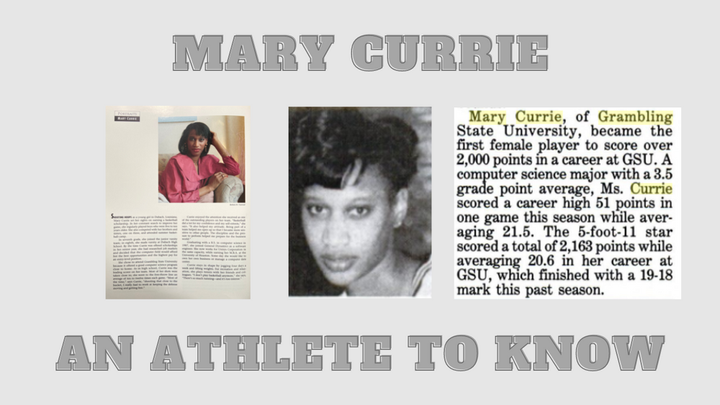Tidye Pickett: An athlete to know
Tidye Pickett was a two-time Olympian in the 1930s.

Tidye Pickett is a two-time Olympian and the first Black woman from the United States to compete in the Olympics.
In 1932, she and Louise Stokes became the first Black U.S. women to be selected for an Olympic team. In 1936, she made her debut at the Berlin Games.
Tidye Pickett was born in Chicago, Illinois in 1914. She first got into running during sponsored picnic races at Washington Park. She frequently competed and earned prizes like baseball bats and cameras.
“Everything I entered, I won,” Pickett told Northern Illinois Alumni Magazine in 1984.
Eventually she moved to Carter School playground, where Pearl Greene noticed her and invited her to compete at a track meet. There, she broke a 12-year winning streak.
During the 1920s and 30s, “Chicago produced a large share of the nation's top track and field athletes, especially women, due to the development of the city’s parks and playgrounds,” according to Robert Pruter’s article in the book “Before Jackie Robinson.”
Pickett competed in and was invited to more local meets. Another future Olympian, John Brooks, noticed her talent and offered to help improve her training.
“He took me to get all the things I’d need,” she said. “Before that I didn’t even have a sweatsuit. He made sure I had my first pair of good running shoes.”
Tidye then began competing in events around the country, and at 17, she qualified for the Olympics as an alternate. In her prime, she was frequently described as being 5’3 and barely over 100 pounds.
She was in high school during the 1932 Olympic Trials, but says she was not nervous about being one the first Black women to be named to a U.S. Olympic team.
“It’s just part of me I suppose,” Pickett told The Chicago Tribune in 1984. “I wasn’t ever afraid.”
Neither Tidye Pickett nor Louise Stokes competed in the 1932 Games in Los Angeles. We'll have more on that in a different story.
In addition to track and field, Tidye competed in track, tennis, and basketball through the city’s park and playground organizations and church-sponsored leagues.
Between the 1932 and 1936 Olympics, she joined Algonquin Athletes Club and became its vice president. She also helped form a tennis club in August 1933.
In basketball, Pickett competed for multiple church and athletic clubs. She served as captain, and was considered a “floor general,” and was often a top scorer.
She was even a part of the Club Store Coeds, a barnstorming team and a sort of predecessor to the Harlem Globetrotters.
By the time the 1936 Olympics came around, she was sponsored and could pay her way, though she was seasick on the team’s ocean liner throughout the entire trip to Berlin.
During those Games, she competed in the 80-meter hurdles, finishing second in the U.S. trials.
According to Jody Homer of The Chicago Tribune, in training, Tidye’s trailing foot often caught the top of the hurdle. “Hurdles in the U.S. would fall over when she hit them, and she could keep going. The hurdles in Berlin didn't move.”
Homer says Pickett broke her foot during the 80-meter semifinals in Berlin.
According to an August 6, 1936 article by Stuart Cameron, Tidye was “picked up unconscious and carried from the track by a Red Cross worker. En route to the hospital where it was revealed she had sprained her left ankle and suffered body bruises, the Chicago girl sobbed.”
Tidye is quoted as saying, “I’m heartbroken as I wanted to score another victory for the United States.”
But overall, Pickett said the second Olympics were better, in terms of the way she was treated by the U.S. staff.
“The coaches and all of them in charge were different in 1936, and they were nicer to us.”
The two-time Olympian completed a degree at Pestalozzi-Froebel College in Chicago and joined the East Chicago Heights school district, where she was a teacher and principal in the elementary school for 23 years.
Pickett retired and East Chicago Heights elementary school was renamed after her.
She died in 1986.



Comments ()